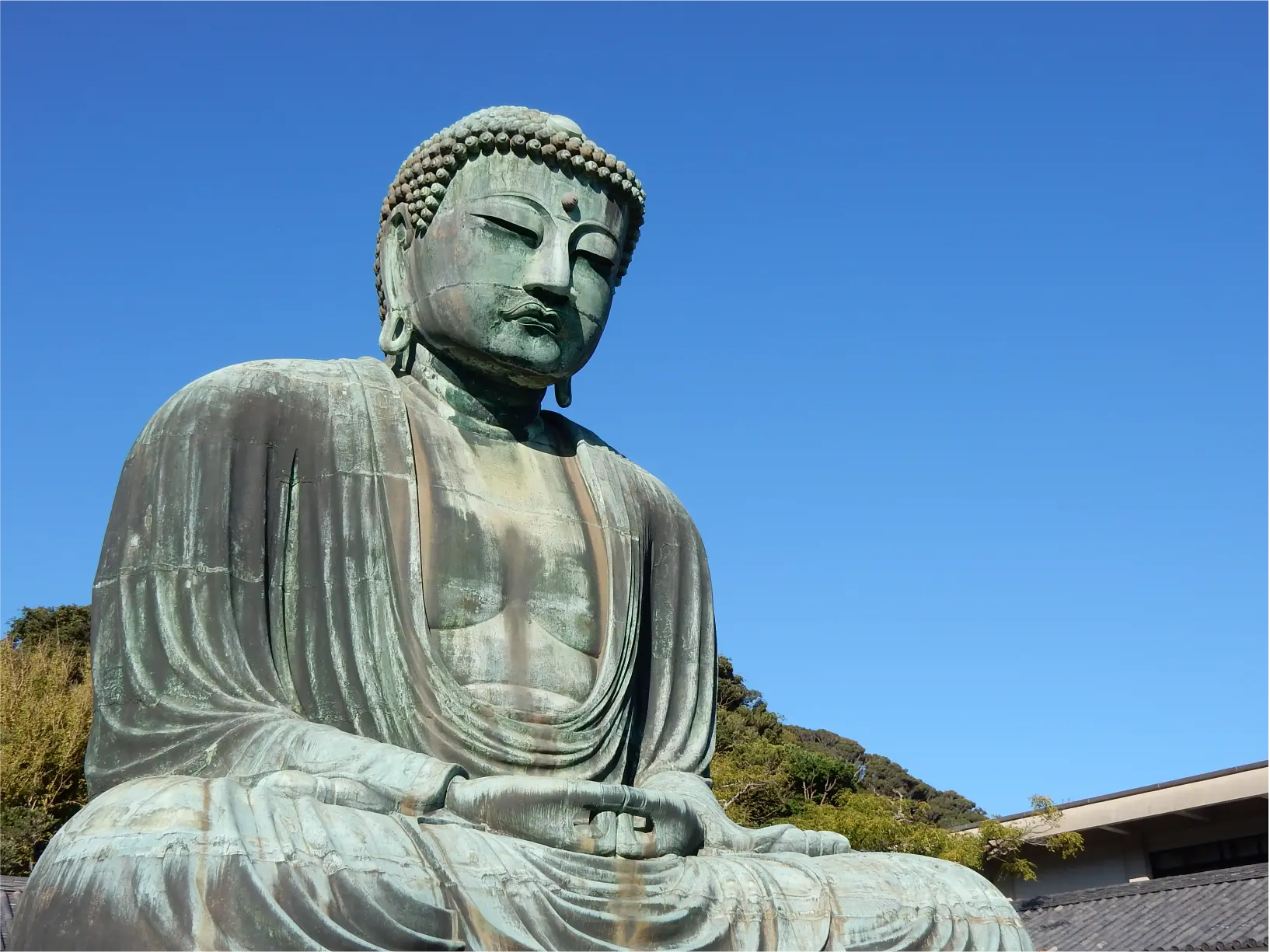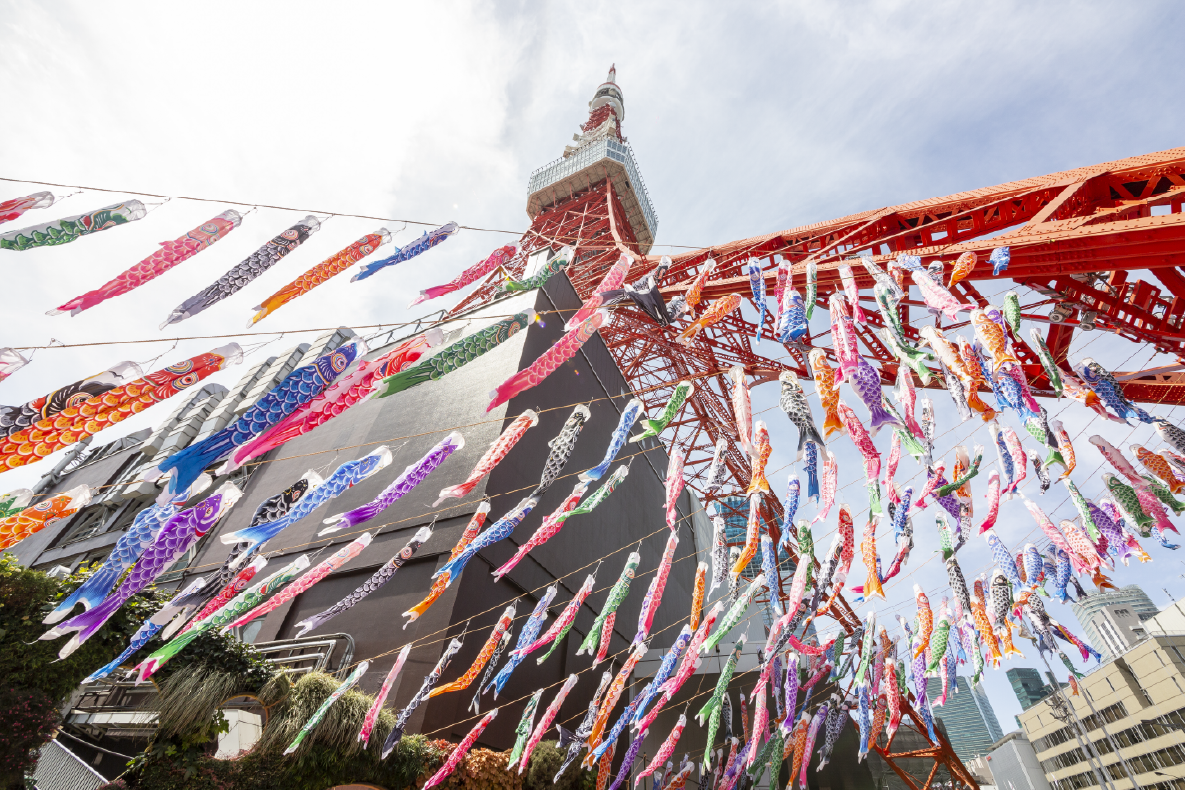The year-end and New Year's holidays are the best time of the year to experience traditional customs. Why not try spending it in Japan?

If you are planning to spend the year-end and New Year's holidays in Japan, it's recommended to try experiencing the season's traditional events. Enjoy comparing with your customs back home.
Various customs and traditions around the year-end and New Year's holidays have been passed down in countries around the world. In Japan, there are various customs not found in other countries. Experience the unique Japanese way of spending year-end and New Year's holidays!
The year-end mood starts to build after Christmas on December 25. You'll start to hear the greeting, "yoi otoshi wo" (Have a happy New Year's) in many places. This is the last seasonal greeting of the year to be offered when meeting someone, wishing that person a happy new year. Try saying it to your friends, or in other occasions such as when leaving a restaurant or when checking out of a hotel!
On December 31, the last day of the year, people eat "toshikoshi soba" (New Year's Eve soba noodles) for their evening meal or as a late-night snack. Associated with purification and good fortune, the long New Year's Eve soba noodles are believed to bring longevity and good luck. Eating the noodles without cutting them is therefore considered to bring good luck. In Japan, it's not bad manners to slurp when eating noodles, so slurp them up as much as you like!

Eating New Year's Eve soba noodles has been a custom since the Edo period.
At midnight on December 31, just before the start of the new year, "Joya no Kane" (bells ringing in the New Year) ring at temples. A hallowed atmosphere descends across the entire city as bells are rung 108 times, which is considered the number of earthly desires in Buddhism, in a ritual of prayer and purification to start the New Year. The sound of bells ringing out at midnight on New Year's Eve is one of Japan's most popular traditions, and is listened to with a special feeling by the Japanese people as the sound signaling the end of the year and the beginning of a new one. Visitors can sometimes ring the bell themselves, so why not visit a nearby temple?
Finally, at the dawn of the new year, from midnight on the first of January, the greeting changes to "Akemashite omedetou gozaimasu" (Happy New Year). It is not only for celebrating the beginning of a new year, it is also for wishing the recipient happiness and prosperity for the new year. Not only is it used in greetings, but also in letters, e-mails, and various other forms of communication, so it is also recommended to add it to your New Year's messages.
The period from January 1 to January 3 is a period of celebration of the New Year, known as "sanganichi." At home, people enjoy traditional New Year's dishes, known as "Osechi ryori." Presented in tiered stacking boxes called "jubako" filled with colorful dishes, each dish has its own meaning, such as bringing good fortune or wishing for the prosperity of one's descendants. There are many variations between regions and families, so it is interesting to compare them in your travels.

Conservable ingredients are used to keep them for a long time.
Then, after having eaten, people head for "Hatsumode." This is the first visit to a shrine or temple in the new year, and in addition to offering prayers, gratitude, and wishes to the gods or Buddha, it is also popular to divine fortunes through "omikuji." Meiji Jingu Shrine and Sensoji Temple in Tokyo and Naritasan Shinshoji Temple in Chiba Prefecture are especially famous, and attract large numbers of visitors each year.

During the Hatsumode, visitors can enjoy the unique atmosphere of the New Year period at Japanese shrines and temples.
The year-end and New Year's holidays, filled with traditional Japanese events, are an ideal opportunity to fully enjoy Japanese culture! If you are visiting Japan at this time of year, do try experiencing them for yourself.



